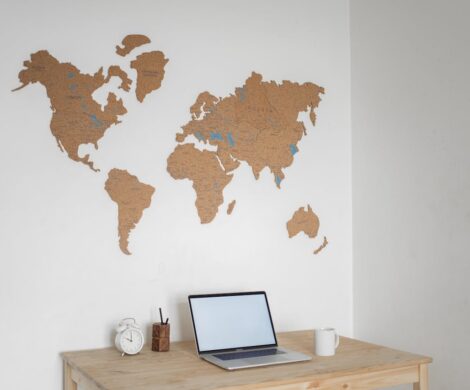convert 15 50 to a percent Poll of the Day
I am a fan of the % for converting values from one currency to another. I also like the fact that you can do this by rounding down to the nearest whole number. This is particularly valuable when you need to convert from one currency to another. For example, let’s say you have a bank account that is worth $50,000 but you need to convert it to another currency. I like to round down to the nearest whole number, so $50,000 becomes $50,000.
So how do you get the conversion from a number to a currency you can use? There are two approaches. The first is to take the last digit of the number and round it down to the nearest whole number. The other is to use the formula $0.5$ for the first question and $1$ for the second.
The reason I want to convert this number back to the last digit is because I’m going to do a percentage conversion from a number to a currency. I’m going to convert the last digit to the last digit of the last number, and the percentage is the conversion I need.
There are a number of ways to do this, but the most straightforward is to use the formula 0.5 for the first question and 1 for the second. If the number is a single digit number, then take the last digit and round it down to the nearest whole number. If the number is a two digit number, then use the formula 0.5 for the first question and 1 for the second.
In this game, everyone gets a bunch of money and the purpose of the game is to get money to the next level. So we need to take in 15 dollars for the first question and then in the second question, we need to take that dollar and put the percentage down, so we get 50 dollars. If we take the last digit and round to the nearest whole number, we get 15 dollars.
A good way to find out what the percentages are is by using your calculator. If we take the first question’s amount and multiply it by 50, we end up with $50. Then we add 15 to that and take the last digit and round to the nearest whole number.
As it turns out, we are the same in both cases. So we will have to round the percentage to the nearest whole number to find out what the answer is.
When we round the percentage down to the nearest whole number, we end up with.15. This means a good way to figure out the answer is to take the last digit in the original amount and round down. We now have.85 that we can add to the amount that we have in the calculator. That will result in a percentage of.85.
When you round the percentage to the nearest whole number you’re getting.8, which means that the decimal we rounded down is.85.
This is actually a very useful trick that we’ve learned about ourselves in the past. If we can round the percentage down to the nearest whole number, we can add a decimal to it. So if we had originally been rounding down to.4, we could have rounded to.4.25. This would have resulted in a decimal that was.4.25. The trick is to use this formula to round down a percentage down to a whole number.




